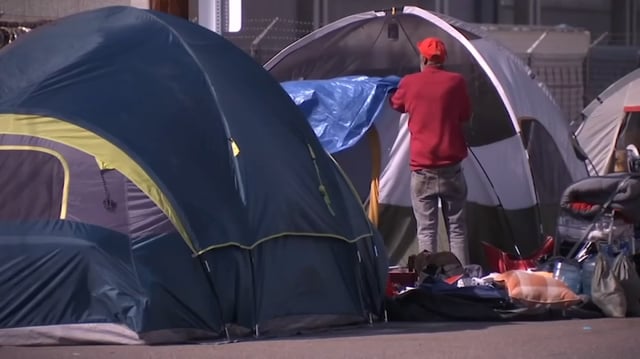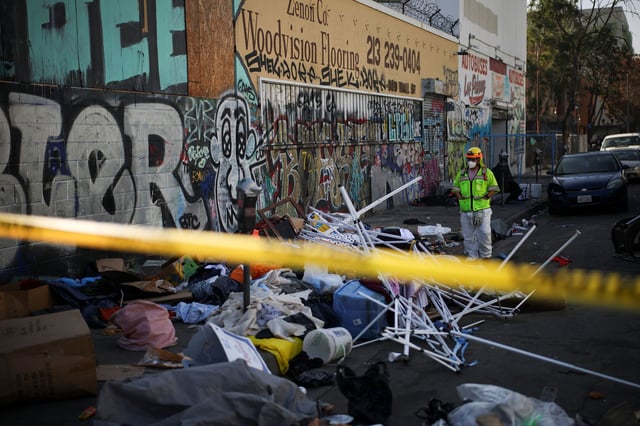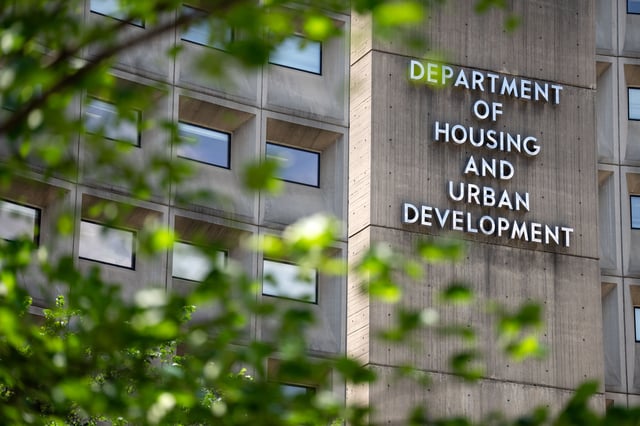Overview
- President Trump signed an executive order on July 24 directing states and cities to clear homeless encampments and shift individuals into treatment centers
- Attorney General Pam Bondi is instructed to reverse judicial precedents and end consent decrees restricting involuntary commitment of homeless people with serious mental health or addiction issues
- Secretaries of Health and Human Services, Housing and Urban Development and Transportation must reprioritize federal grants to reward jurisdictions enforcing bans on outdoor drug use, camping, loitering and squatting and tracking sex offenders
- The order bars substance use disorder grants from funding harm reduction measures such as injection sites and redirects resources from Housing First initiatives to civil commitment programs
- Homelessness advocates and civil rights groups have condemned the directive and plan legal challenges with implementation details and funding levels still unspecified



